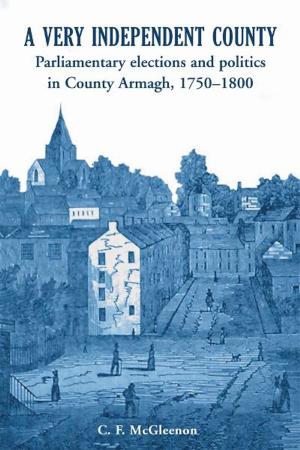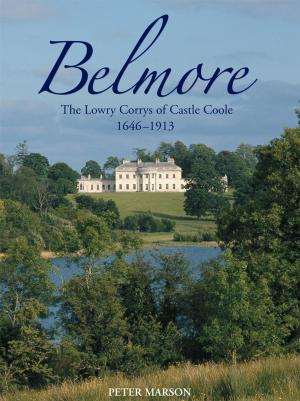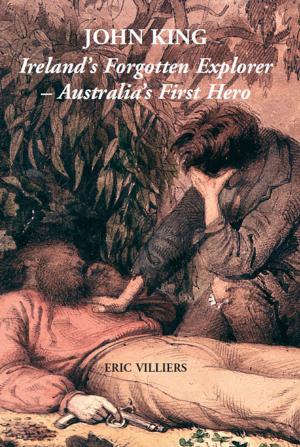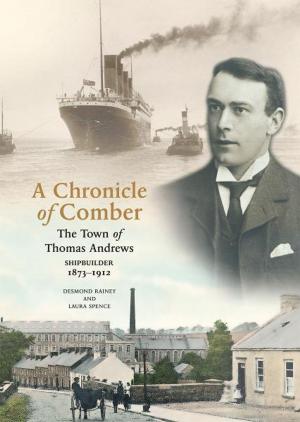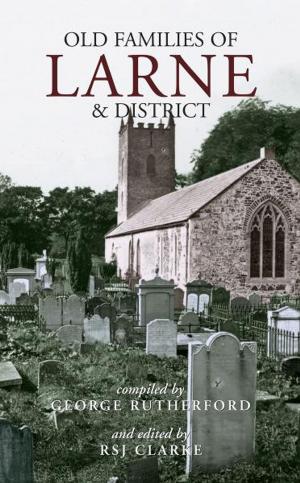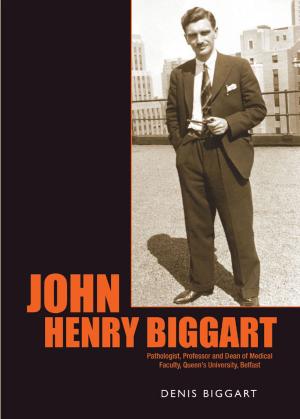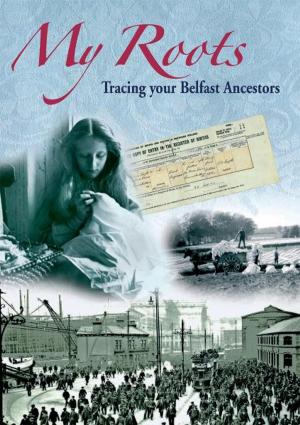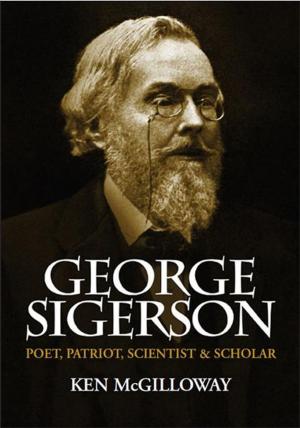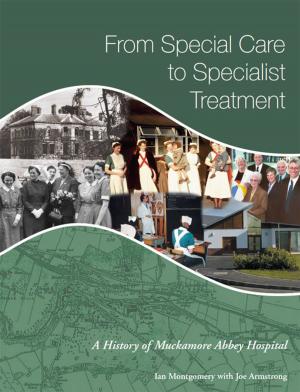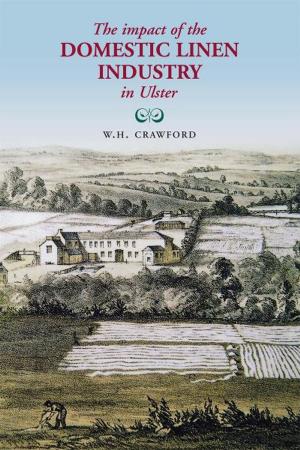| Author: | Kathleen Rankin | ISBN: | 9781908448767 |
| Publisher: | Ulster Historical Foundation | Publication: | June 1, 2012 |
| Imprint: | Ulster Historical Foundation | Language: | English |
| Author: | Kathleen Rankin |
| ISBN: | 9781908448767 |
| Publisher: | Ulster Historical Foundation |
| Publication: | June 1, 2012 |
| Imprint: | Ulster Historical Foundation |
| Language: | English |
By the late nineteenth century, Belfast had developed into one of the great industrial cities in the Empire. Much of this new-found wealth was based on the manufacture of linen, principally in both the Lagan Valley and the Bann Valley. The River Bann is the longest river in Northern Ireland, flowing for eighty miles from the Mourne Mountains and eventually entering the sea north of Coleraine.
The water power of the River Bann was a significant factor leading to the early establishment of the linen industry in the rich farmland around Banbridge and Gilford. Portadown also had a considerable linen industry, along with the famed excellence of early hand loom weaving around Lurgan. Many of the linen barons lived in resplendent houses near the linen works they had already established close to the River Bann.
The Linen Houses of the Bann Valley privides an illustrated and informed commentary on the major linen families and the magnificent houses they lived in along the Bann Valley in the eighteenth, nineteenth and twentieth centuries. The images - exterior views of the actual houses, interior scenes of the stately rooms and portraits of their owners, many selected from private collections of the families themselves - present tantalising and poignant glimpses of a bygone age.
By the late nineteenth century, Belfast had developed into one of the great industrial cities in the Empire. Much of this new-found wealth was based on the manufacture of linen, principally in both the Lagan Valley and the Bann Valley. The River Bann is the longest river in Northern Ireland, flowing for eighty miles from the Mourne Mountains and eventually entering the sea north of Coleraine.
The water power of the River Bann was a significant factor leading to the early establishment of the linen industry in the rich farmland around Banbridge and Gilford. Portadown also had a considerable linen industry, along with the famed excellence of early hand loom weaving around Lurgan. Many of the linen barons lived in resplendent houses near the linen works they had already established close to the River Bann.
The Linen Houses of the Bann Valley privides an illustrated and informed commentary on the major linen families and the magnificent houses they lived in along the Bann Valley in the eighteenth, nineteenth and twentieth centuries. The images - exterior views of the actual houses, interior scenes of the stately rooms and portraits of their owners, many selected from private collections of the families themselves - present tantalising and poignant glimpses of a bygone age.




